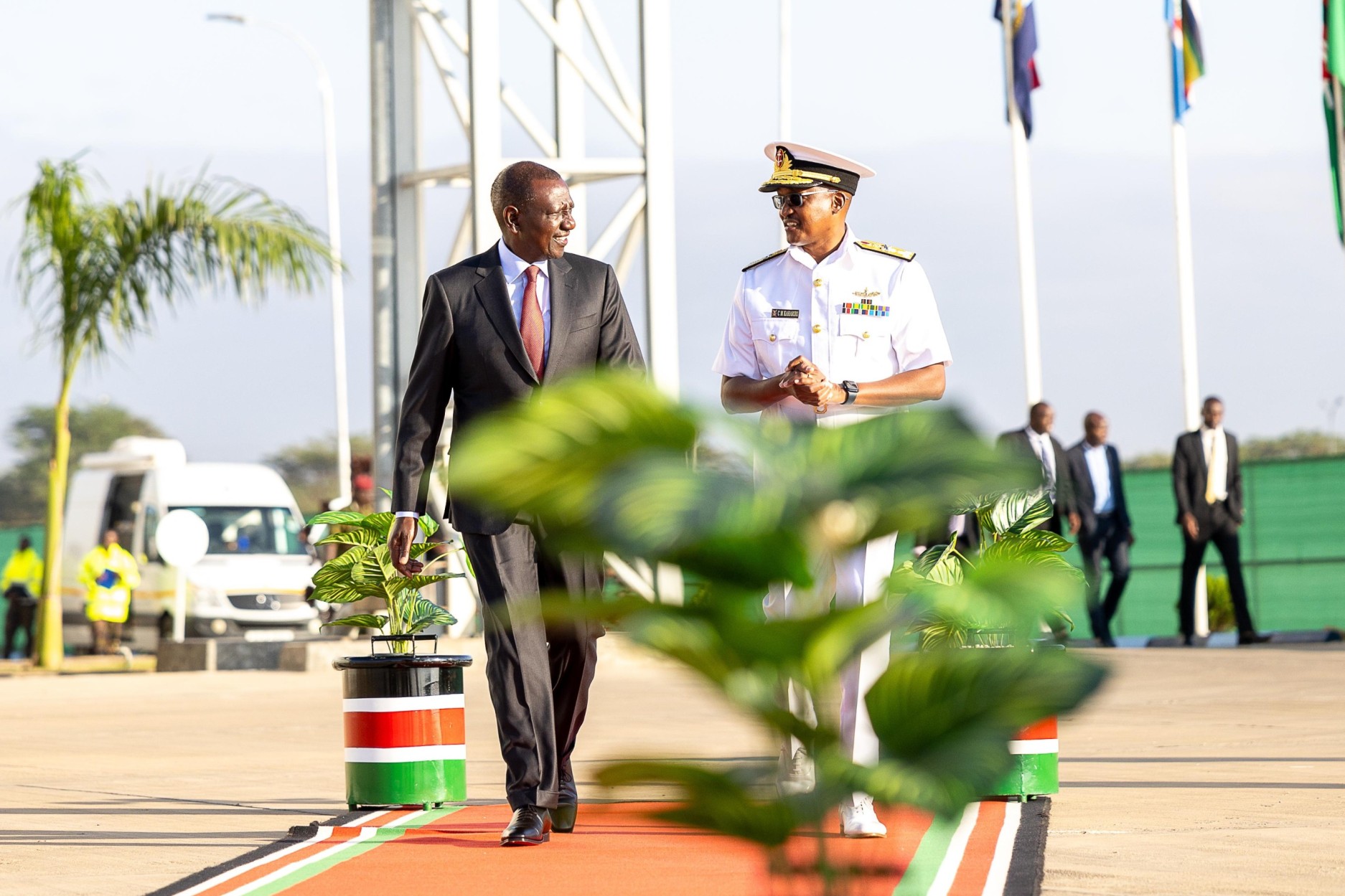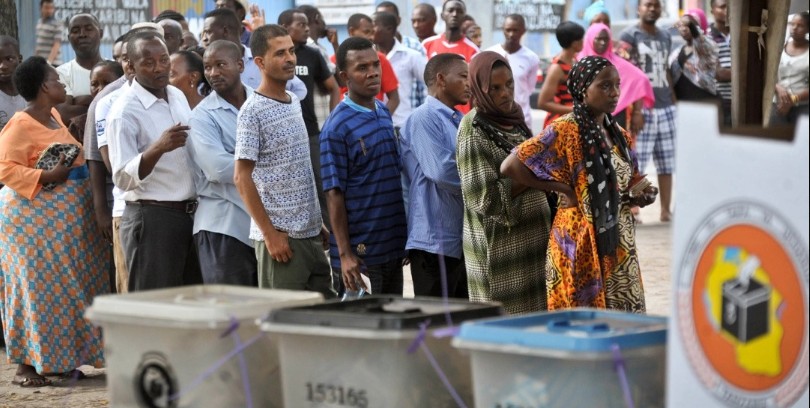Tanzania's debt rises by Sh12.7 trillion in one year to reach Sh87.4 trillion

This uptick represents a staggering increase of Sh12.7 trillion, or 17.09 per cent, compared to the same period last year.
Tanzania's government debt has seen a significant spike, soaring to Sh87.47 trillion from Sh74.75 trillion in 2022, the Parliamentary Budget Committee reported.
This uptick represents a staggering increase of Sh12.7 trillion, or 17.09 per cent, compared to the same period last year.
More To Read
- Tanzania opposition urges ICC and UN to investigate mass killings after disputed elections
- AU, Federal Republic of East Africa call for calm amid post-election unrest in Tanzania
- SADC calls for calm as Tanzania faces deadly post-election violence
- President Samia Suluhu Hassan receives winner’s certificate as CCM extends grip on power
- Musalia Mudavadi warns Kenyan youth against crossing border for protests
- Canada, Norway, UK condemn post-election violence in Tanzania
Chairperson Daniel Sillo presented the committee's findings in parliament on February 14, shedding light on the composition of the burgeoning debt.
Out of the total amount, Sh56.79 trillion is attributed to internal debt, while Sh56.79 billion is external debt.
Sillo emphasised that the borrowed funds are strategically allocated to fund crucial development projects spanning road infrastructure, railways, airports, energy, agriculture, water, education, livestock, and health.
Tanzania's debt trajectory is expected to persist as the country undertakes major infrastructure initiatives that are critical to attracting investors upon completion.
Notable projects include the Standard Gauge Railways, the Julius Nyerere Hydro-Power Dam, port expansions, and the construction of Bus Rapid Transit infrastructure in Dar es Salaam.
An insightful analysis by the committee found that changes in exchange rates and interest rates, based on financial market conditions, primarily contributed to the surge in external debt. Of the external debt, 28.3 per cent operates on a flexible exchange rate, while 71.7 per cent maintains a fixed exchange rate.
The breakdown of external debt reveals Sh16 trillion in commercial loans and Sh40.7 trillion in concessional loans. Meanwhile, internal debt stems from diverse sources, including contributions from commercial banks, financial institutions, social security funds, insurance firms, foreign institutions, small organisations, and individuals.
Despite the seemingly daunting figures, a recent report from the International Monetary Fund (IMF) places Tanzania among the least indebted nations in Africa.
Top Stories Today











































